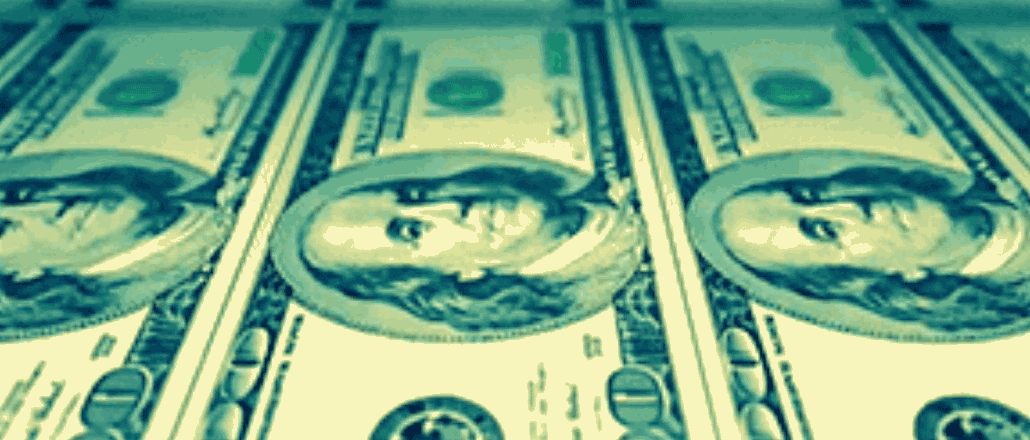Connect with execs from The New York Times, TIME, Dotdash Meredith and many more

The history of the Web is dotted with the graves of micropayments startups that tried to give people an easy way to pay for online content à la carte. But despite the rapid rise and fall of companies such as Beenz, BitPass and Peppercoin, new entrants and publishers are still holding onto the micropayments dream.
Consider Blendle, an “iTunes for news” tablet app and website that lets readers access individual articles for 13 to 38 cents. The company, launched last year, has not only roped in all the major Dutch publishers, but it’s also grabbed the interest of The New York Times, The Wall Street Journal and The Washington Post, which said in March that they would put their own content on the service. The New York Times, along with Germany’s Axel Springer, also led Blendle’s $3.8 million funding round last fall.
“There’s something intriguing about the model — it’s almost an E-ZPass for content. You don’t have to think about it,” said Kelly Leach, CEO of paywall service Piano Media. “But the experience so far is that it doesn’t necessarily work well for consumers.”
To understand the struggle, follow the money — or the lack thereof People have little interest in paying for news in the first place. Adults in the U.K. say they’re willing to pay just $1.36 a month for access to news sites, less than they would be willing to access video, search engines and even their email, according to a recent report from the IAB.
Much of this reluctance to pay for news stems from how the Web has changed the basic economics of content creation. With all the free options available to readers, it’s hard to convince them to cough up cash for content.
Likewise, micropayments are mentally taxing for users, who have to think hard about every article they want to read. “When you meter this stuff, you’re asking readers to think before every article whether it’s important enough for them, whether the writers are good enough and a host of other things,” said Gene Hoffman, CEO of subscription service company Vindicia, echoing Clay Shirky, who called the world “micropayment” a “trope for desperation.” Then there are credit card fees that eat into each transaction, Hoffman added.
“I don’t believe that people will pay 10 or 30 cents to purchase one story at a time,” said Frederic Filloux, founder of The Monday Note. “We are in desperate times. Then, when someone shows up with a neatly packaged model, everybody is afraid to miss a possible train.”
Even Blendle sees limits to its model. It doesn’t see users handing over cash in exchange for breaking new stories, for example. “It’s not about news for us,” said company co-founder Alexander Klöpping. “The short stories don’t work on Blendle at all because that information has become a commodity.”
Klöpping said that on the other hand, Blendle’s users have been far more willing to pay for longer features and analysis, which can go for over a dollar. He added that the site has 200,000 users, 20 percent of which have paid for content.
“A lot of the previous problems with micropayments have been because have been because of bad implementation,” Klöpping said. “This is end a product question. But our whole point is that if you implement it well, it can work.”
Image courtesy of Jason Rogers.
More in Media

Three publishers’ workforce diversity reports show DEI efforts remain sluggish
Overall, staff diversity at The New York Times, Hearst and Condé Nast has either marginally improved or stalled in 2024, according to their annual workforce diversity data this year.

Retail media meets publishing: News UK, Future and Ocado tap clean room tech for smarter data targeting
News UK, The Independent, Immediate Media and Future are teaming up with retail media network Ocado to test clean room-powered data matching.

From sidelines to spotlight: Esports events are putting creators center stage
Esports events’ embrace of content creators reflects advertisers’ changing priorities across both gaming and the wider culture. In the past, marketers viewed esports as one of the best ways to reach gamers. In 2025, brands are instead prioritizing creators in their outreach to audiences across demographics and interest areas, including gaming.





